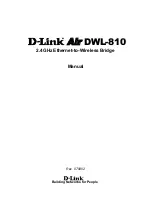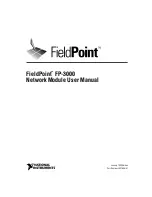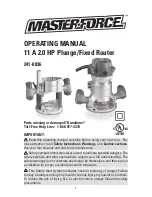
57 - 238
CCNA 2: Routers and Routing Basics v3.1 Instructor Guide – Module 5
Copyright
©
2004, Cisco Systems, Inc.
After the configuration has been displayed, students should select
Transfer
>
Capture Text
>
Stop
to stop the capture.
After the capture is completed, the configuration file needs to be edited to remove text that is
not required to configure a router. Then it can be pasted back into the router if needed.
The configuration file can be edited from a text editor such as Notepad. The following steps
are used to edit the file:
•
Select
File
>
Open
•
Find the captured file and select it
•
Click
Open
The lines that need to be deleted contain the following:
•
show running-config
•
Building Configuration…
•
Current Configuration
•
-More-
•
Any lines that appear after the word End
•
At the end of each of the interface sections, students should add
no shutdown
.
•
To save the clean version, select
File
>
Save
.
Before the configuration is restored, any remaining configuration should be removed from the
router by issuing the command
erase startup-configuration
. Use the
reload
command to restart the router.
HyperTerminal can be used to restore the configuration:
•
Enter global configuration mode.
•
Select
Transfer
>
Send
>
Text File
in HyperTerminal.
•
Select the name of the file.
•
Read the lines of the file as they are entered into the router.
•
Observe for any errors.
•
Press
Ctrl
-
Z
to exit global configuration mode after the configuration file is entered.
•
Use the
copy running-config startup-config
command to restore the
startup configuration file.
Students must understand each of the procedures. A backup configuration file is necessary for
any network administrator. Explain that minimal down time is required in any network.
















































